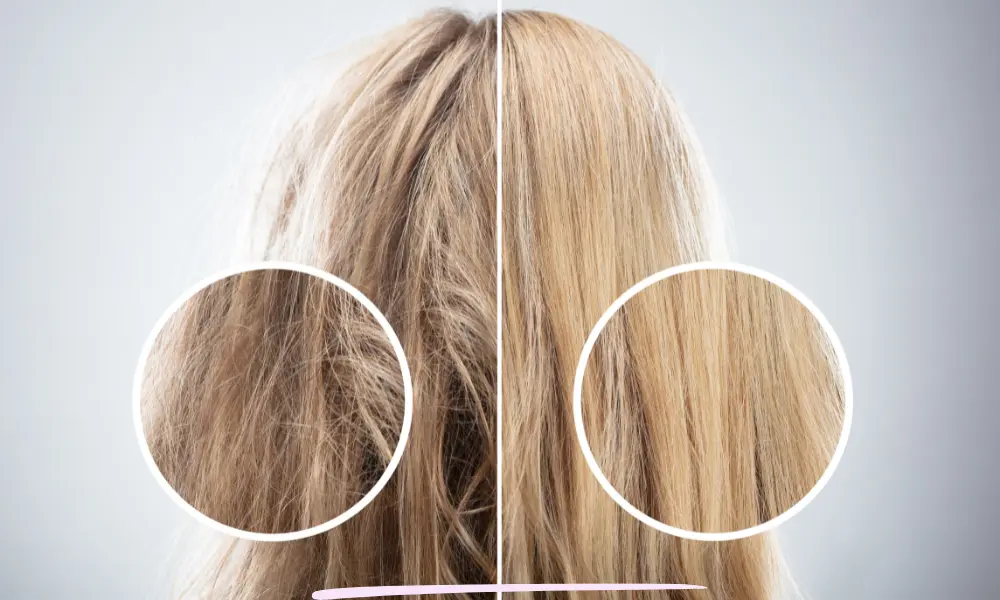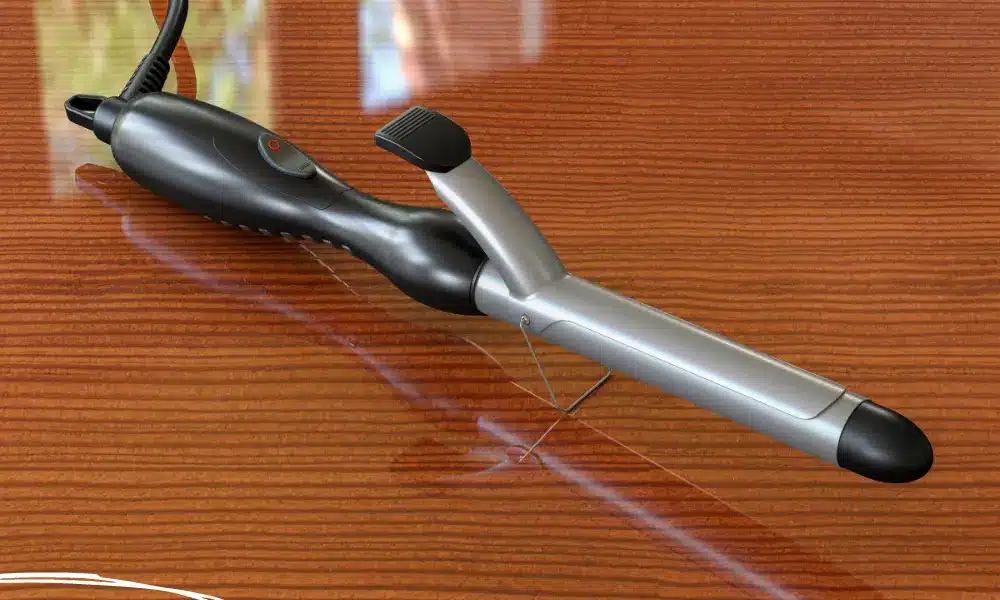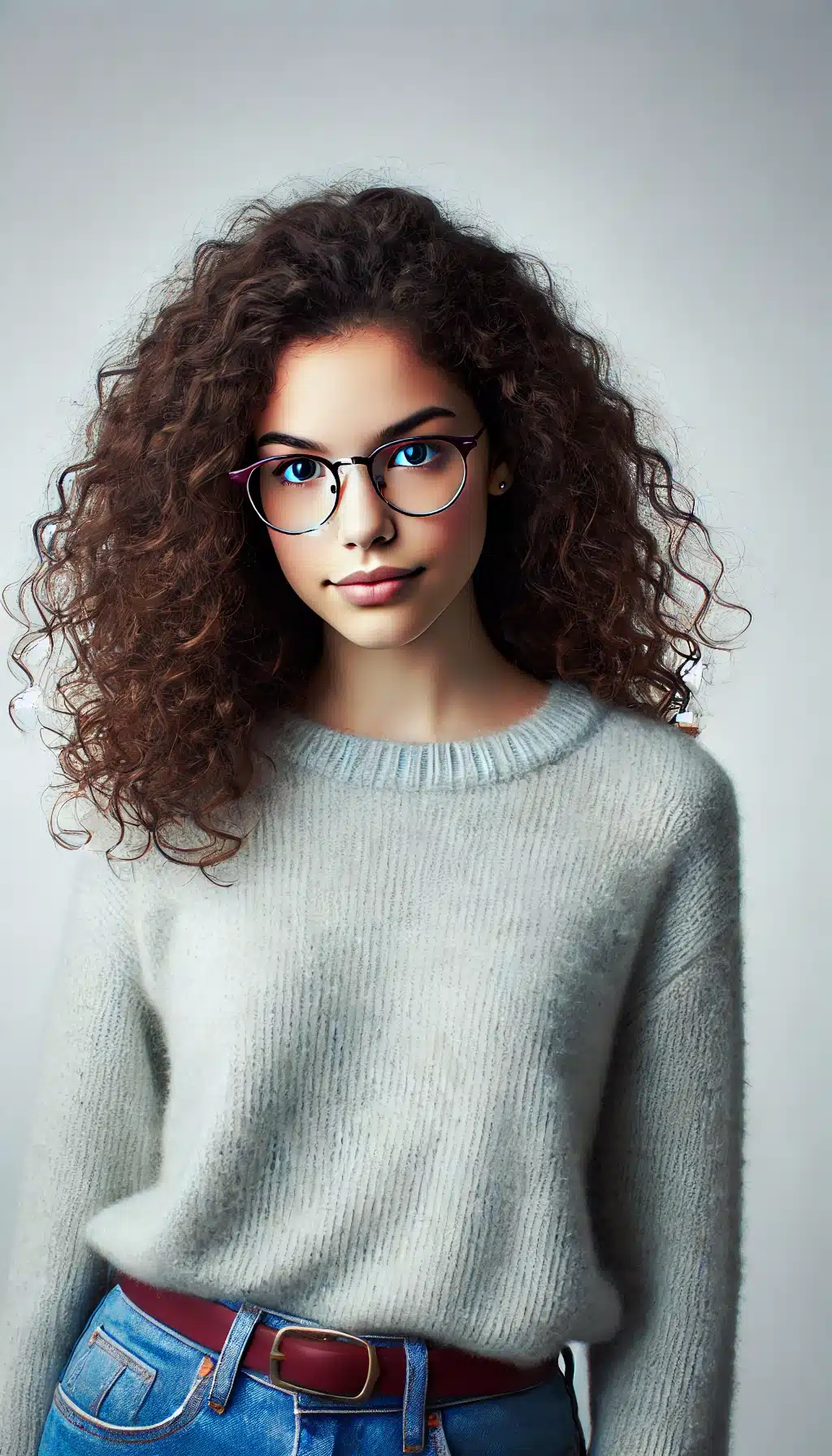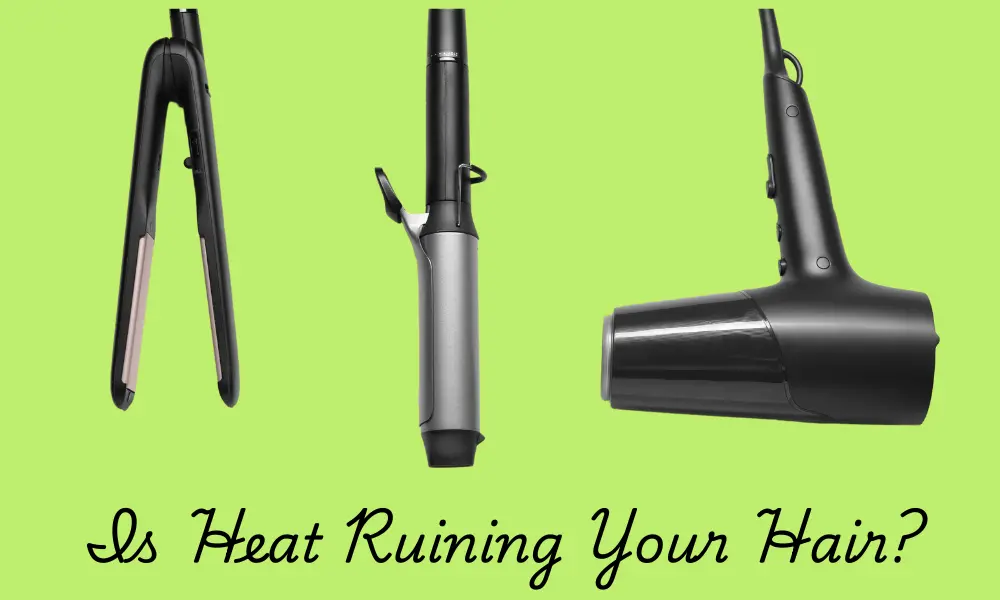Every day, our hair encounters a myriad of heat sources. From the warm rays of the summer sun to the steamy heat from hot showers, these regular elements play a significant role in the health of our hair. While we may be guilty of exposing our tresses to more heat than we should, it’s essential to know exactly how this affects our hair and what steps we can take to minimize damage.
Is Heat Bad for Your Hair? The Short Answer
Frequent use of hot tools like dryers and straighteners can severely damage hair, especially when used on unwashed hair with styling products. These products aren’t meant to be heated and can break down the hair further. Additionally, coloring and bleaching weaken hair, making it more susceptible to heat damage. High temperatures open the cuticle, allowing moisture to escape and weakening the hair’s keratin structure, leading to significant structural damage.The Impact of Heat Styling Tools
Hairstyling often includes the use of tools like blow dryers, flat irons, and curling irons. These devices can help us achieve the perfect look but at a cost. According to researchers, styling tools like flat and curling irons can damage up to 85% of your hair’s keratin proteins, causing the strands to become brittle and dry. This heating can lead to heat-damaged hair, doing more than just altering its style.
How Does Heat Impact the Hair?
Using hot tools like blow dryers, flat irons, and curling irons often leads to an increase in the chances you’ll experience damaged hair. When these tools are used without proper temperature control, they can heat the hair to temperatures as high as 400°F. While many believe that a hotter temperature means better styling, this is not always the case.
Exposure to such high heat can change the shape of your hair’s keratin strands, converting ⍺-keratin to β-keratin at Temperatures over 300°F. This transformation is not reversible, leading to weaker hair, has lost its elasticity, and is more prone to damage.
Additionally, when the hair cuticle breaks down, it no longer protects against mechanical and chemical damage, which keeps hair shiny and acts as a shield for the cortex. The cortex is vital as it gives your hair strength, elasticity, and color. Any break in the shield allows for more damage to occur, leaving the hair vulnerable.
So Is Heat Bad for Hair?

When we frequently use hot tools like hair dryers, straighteners, and curlers, we might not realize the toll it’s taking on our hair. The heat from these devices, especially on unwashed hair laden with styling products such as texture sprays and dry shampoos, can cause further problems.
The ingredients in these products are not designed to be heated, and when they are, they can cause the hair to break down even more.
Coloring your hair too often and using bleaching agents can exacerbate heat damage. These color treatments break the bonds in your hair’s cortex and cuticle, affecting the strength and stability of your hair. Adding heat to already weakened hair can weaken your hair’s structure even further.
High temperatures can open up the cuticle—the protective layers of your hair shaft—allowing natural moisture to escape and leaving your hair susceptible to damage.
Moreover, high heat can alter the keratin structure of the hair, making it weaker. Imagine your hair as a delicate silk shirt: the more you press it with a hot iron, the faster the fabric will weaken.
If you find your once-lovely locks becoming less bouncy, weaker, and more prone to damage, consider this a cry for help from your hair.
Excessive heat can crack the hair’s protective cuticle, expose the cortex, and compromise keratin in the deeper layers, throwing your hair’s protein moisture balance out of whack and potentially leading to severe structural damage.
What are the Signs of Heat-Affected Hair?
Using hot tools for that polished straight style or perfect twisty often leads to high temperatures that negatively impact the health of your hair. No matters which type of hair texture do you have.
If your hair feels weak and is more susceptible to breakage, or If you notice an excess of frizz and tangles while trying to brush or comb through, these are signs of damage. Changes in texture, where hair might not cooperate as it once did, also indicate that the cuticle—your hair’s protector and shield—is likely compromised.
Dry and Dull Hair
When heat damages the cuticles of your hair, it loses its shine and appears dull. This is often one of the first signs of trouble. Washing your hair should leave it brighter than when it was dirty, but damaged hair remains dull.
Dryness also contributes to this lackluster appearance, as damaged hair cannot properly maintain moisture, leaving your tresses dehydrated and prone to breakage.
Split Ends
Heat-damaged hair often loses elasticity, making it difficult to work with and resulting in split ends. These ends can fray or physically split apart, a condition medically known as trichoptilosis or schizotrichia. Split ends usually happen at the tips of the hair, but they can also occur higher up the strand.
From basic splits, where the hair divides in two, to more complex multiple splits resembling tree branches, and cuticle splits where the cuticle is lost but the cortex remains—all indicate significant damage.
Hair Breakage
Exposing your hair to frequent high heat not only increases the risk of breakage but also weakens its structure by reducing its elasticity. When your hair loses this elasticity, it becomes more likely to break, whether wet or dry.
Tangled hair can also break as you work through the knots. If you’ve noticed short pieces of hair that stick up, these are often broken off strands.
Flyaways
Using hot tools at high temperatures often strips the moisture from your hair strands, leaving the cuticles open to damage. This damage prevents your hair from lying flat, leading to flyaways, which are short hair strands that stand up after breaking off near the roots.
These flyaways can be difficult to manage and tame, especially frustrating when you’re trying for a sleek and polished style. They are often a sign of breakage, affecting the overall look of your hair.
Texture Changes
To determine if the texture of your hair has changed, simply run your fingers through it. Heat-damaged curly hair may lose its spring and not bounce back the way it did when it was healthy.
Similarly, damaged straight hair can go from feeling smooth and silky to rough and coarse. You might even describe heat-damaged hair as feeling frayed or singed at the tips.
Hair Tangles
When hair cuticles are damaged, the shingles begin to stick out, causing strands of hair to easily knot with each other. This leads to knots and tangles that make brushing or combing your hair more difficult and can lead to further breakage.
Tangles often happen after showering or during the day, especially if you are outside and the wind is blowing your hair around and it is the main culprit of heat damage.
Loss of Hair
Heat damaged hair means your strands are weakened, and you might notice you’re losing more hair than normal when you brush or shower. This lack of protein in damaged hair leads to break downs in the bonds that make up each strand. These bonds include fats, oils, water, and protein.
Is Heat-Associated Hair Loss Reversible?

When it comes to damaged hair due to heat, there isn’t a quick and easy fix. Once your hair is damaged by heat, it’s often irreversible. However, there are ways to minimize the symptoms. Using masks, creams, oils, and conditioners can help.
A good solution is to get a haircut that removes the damaged parts of your hair. Depending on the extent of the damage, you may need to cut quite a bit.
Most damage appears at the ends of your strands, but if left untreated, issues like split ends can move further up the hair shaft, meaning you’ll need to cut off more inches.
The truth is, there is no hard and fast way to repair your hair from heat damage. Instead, focus on prevention and minimizing damage.
Can the heat damage is repaired?
Here are our top tips for healthy hair:
- Commit to regular cuts to prevent further damage, and avoid using the maximum heat setting on hot tools.
- Super-high heat causes more harm than good. You might be surprised to hear that higher heat doesn’t correlate with better styling results. So, dial back the settings and opt for a temperature between 150°C to 180°C. We even recommend putting down the heat tools for a hot minute to give your hair a break.
- Always use a heat protectant when heat styling; this is a no-brainer. Before using the straightener, make sure to apply a heat protectant like Icon Welder, Mister Fantastic, Toning Mist, or Easy Tiger to keep your hair guarded against UV and heat damage.
- Use hair products tailored to dry, damaged hair. We’ve curated products for dry hair and damaged hair to give your locks some much-needed TLC.
- To help damage hair from heat, apply a weekly deep conditioning mask for 20 to 30 minutes. This helps moisturize and create smoothness by sealing the hair cuticles.
- Allow hair to air dry naturally to give your tresses a break from hot tools. This might require an adjustment if you are used to blow drying, straightening, or curling your hair often, but damaged hair needs this break.
- Invest in quality products like shampoo, conditioner, leave-in treatments, and hair oils such as argan or marula oil.
- Instead of brushing wet hair, use a wide-tooth comb which is easier and gentler for getting out knots.
FAQs
How Can I Heat My Hair Without Damaging It?
Using a heat protectant spray or cream every time you style your hair is very important to prevent heat damage. These products can protect the hair fiber during heat exposure and intensely hydrate each strand. Sprays and creams can keep your hair safe and healthy.
Can Heat Be Good for Your Hair?
Heat can be a valuable ally in your hair care arsenal, offering a multitude of benefits when used responsibly. It helps in facilitating styling versatility, promoting product absorption, and accelerating drying time. Heat plays a crucial role in achieving desired hair outcomes.
Is It Better to Not Use Heat on Your Hair?
Heat styling can dry your hair, which may lead to breakage and damage. While reducing the impact using heat protectants helps, it’s also nice to give your hair a break from heat to restore and replenish.
Is It Bad to Put Heat on Your Hair Everyday?
It is not recommended to straighten hair every day as it can cause breakage, heat damage, and moisture loss. Ideally, you should be flat ironing freshly washed, conditioned hair that is heat protected, no more than 2 or 3 times a week.

Dive into the world of curls with Farah, a celebrated curly hair expert whose passion and expertise have transformed her into a beacon for those seeking to embrace their natural hair texture. With a vibrant career spanning over a decade, Farah has dedicated herself to the science and art of curly hair, making her an authoritative voice in this niche. Her deep understanding of curly hair’s unique needs and challenges allows her to craft personalized care routines and styles that not only enhance the natural beauty of curls but also promote hair health.

